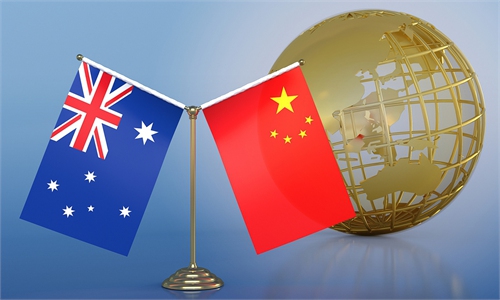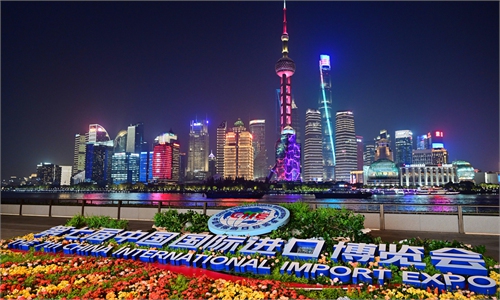
Vaughn Barber, AustCham China chair Photo: Li Hao/GT
For Australian companies, the China International Import Expo (CIIE) is an important opportunity to engage with customers in Australia's largest export market - China, said Vaughn Barber, China-Australia Chamber of Commerce (AustCham China) chair, in an interview with the Global Times, during the CIIE in Shanghai, which is in its seventh session this year.
The number of Australian companies attending this year's CIIE has exceeded 250, a record high, underscoring the strong confidence and enthusiasm of Australia's business community for deepening economic ties with China.
Australian businesses from across the country, including the states of New South Wales, Queensland, South Australia and Victoria, are attending the CIIE, representing a wide range of sectors, from food and beverages to other consumer products.
It's a great comeback for many Australian products at the expo, the AustCham China chair said. Trade between China and Australia has been recovering rapidly since last year, with key exports like coal, barley, wine and cotton gradually bouncing back as bilateral relations have improved. More recently, Australian beef exports to China have shown positive signs of recovery.
"I think it's a period of re-engagement after a number of years of not being able to engage with the market, and there's a high degree of optimism among the Australian exporters here, because China is such a large market for them," Barber said.
Talking about the future of bilateral economic and trade ties, Barber said that "'the next China' is still China - it's still a very important market for us."
Regarding new dimensions in bilateral trade, Barber expressed optimism that trade will continue to grow, especially as bilateral relations are driven by strong complementarity. He highlighted cooperation in areas related to decarbonizing the economy as a promising example.
This trend is expected to intensify, particularly as both countries are committed to achieving net zero, he said, noting that Australia's abundant resources will play an important role in supporting that journey, alongside the Australian government's commitment to meeting emissions targets.
Additionally, the availability of cost-effective, leading-edge technologies from countries such as China, along with Australia's rich wind and solar resources, will be crucial for sustainable growth, Barber said.
Barber noted that Chinese companies are leading in many of these technologies, as well as their industrial applications, and there is a growing recognition in Australia of the need to collaborate in developing and using these technologies.
"China is leading in the commercial application of many technologies, including in the production of cost-effective electric vehicles, and we welcome more Chinese investment in Australia's renewable sector," he said.



